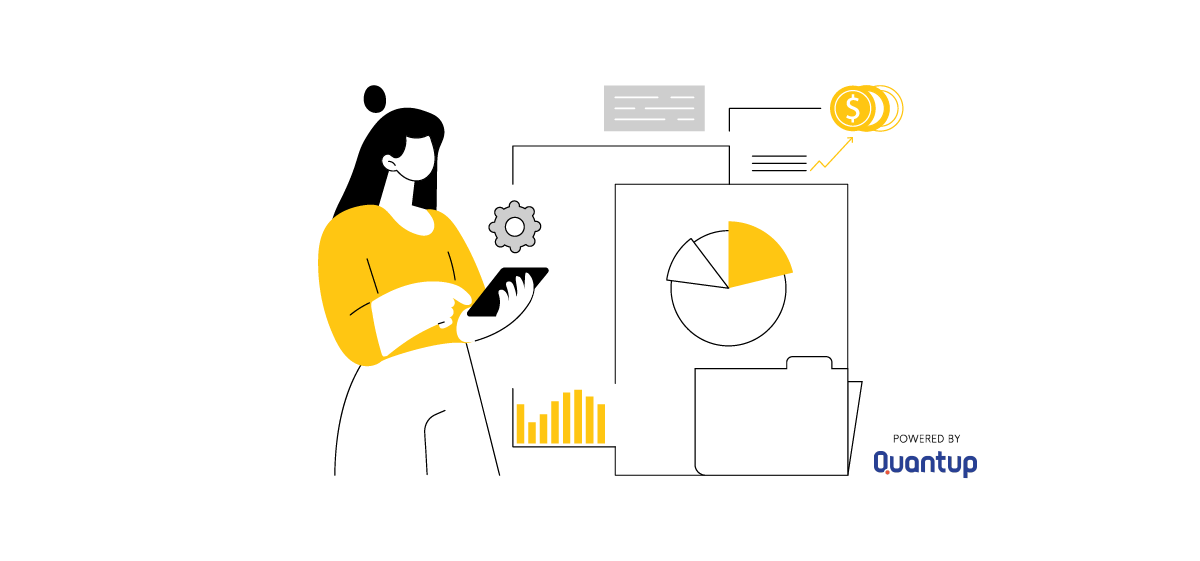
In a world where trust is the most valuable currency, system instability may turn out to be dangerous both for the productivity and for the goodwill of a company. When the software creation process relies too much on the human factor, and too little on the code quality, system instability often ensues. The good news is that the system instability may and should be prevented, but not before ascertaining its causes.
Causes of system instability
The most common cause of system instability is an incorrect management of the technological debt, that is the system elements the implementation of which was postponed, and then performed carelessly. One problem produces others and in the end we have to face a snowball effect: the entire system starts to fail. Unstable software reduces the level of confidence that the users have in our company. Sometimes, technological debt cannot be avoided when we’re working against the clock. Still, it is worth to control the potential damage and prepare a contingency plan of the core reorganization – the so-called code refactoring.
Process omission or careless construction of the digital architecture may work in the short term, but in the long run it will simply lead to the system instability. Systems are complex structures, where different elements interact with each other, thus one small error may break another part of the software.
Other common causes of system instability include:
- insufficient system automation – people make more errors than machines
- lack of automatic system tests and the resulting unawareness of the system weaknesses
- superficial system testing – the changes should be tested by individuals other than the developer responsible for the same. It is more difficult to notice our own mistakes when we are involved in the project, therefore third-party expertise may turn out to be crucial.
- lack of change documentation and the ensuing inability to track the software modification process
- limited resources for building an appropriate testing architecture
- excessive amount of code, resulting from lack of knowledge about the efficient ways of implementing the given technology
- the system creators’ vehemence to improve it
- lack of effective communication about the system inside the company
Methods of preventing system instability
One of the most important methods of preventing system instability is to repay the „technological debt”, that is to provide time for refactoring in the project. As the system instability is often caused by people, it is worth to automate implementations as far as possible. Technologies such as Infrastructure as Code or containerisation enable process automation, while documenting the entire system modification process, allowing for tracking of changes and a quicker detection of potential errors.
Diagnostic is the foundation of „remedying” the problem, so it is worth to invest in automatic tests and tools for statistical code analysis, which will help us improve its quality.
Apart from the tools, you can of course cultivate work culture which includes care for the processes of software development and enables precise control over any changes. In order to effectively prevent system instability, the developers will need both time and funds to allow them to act. An investment in the system stability is an investment in the future of the company.
What obstacles may we expected on the road to a stable system?
Overabundance of tools and insufficient knowledge of the technology may significantly hinder the system stabilization process, thus the best option is to focus on a limited number of troubleshooting tools, step by step. Lack of time is a common ailment of programmers, but in the case of systems, a careless code is a recipe for a technological disaster, so it is better to move on slower, but more thoroughly.
To sum up: diagnostic is fundamental, therefore it is worth to think about the causes of our system’s instability. If the problem lies in the work culture, change of the processes and mode of operation may help; on the other hand, if the technology is the issue, it is worth to streamline the work of the team with dedicated solutions. In the 21st century, a stable system is the key; the customer’s confidence is easy to lose, and its restoration may take years.












